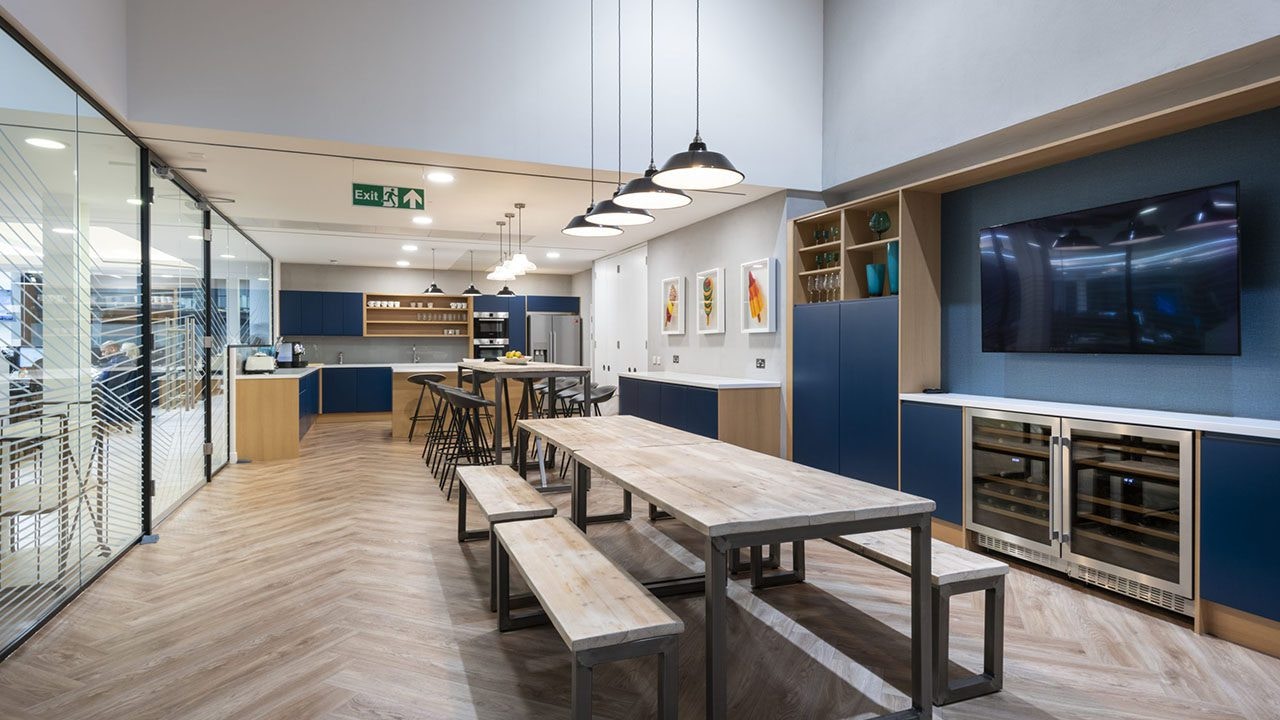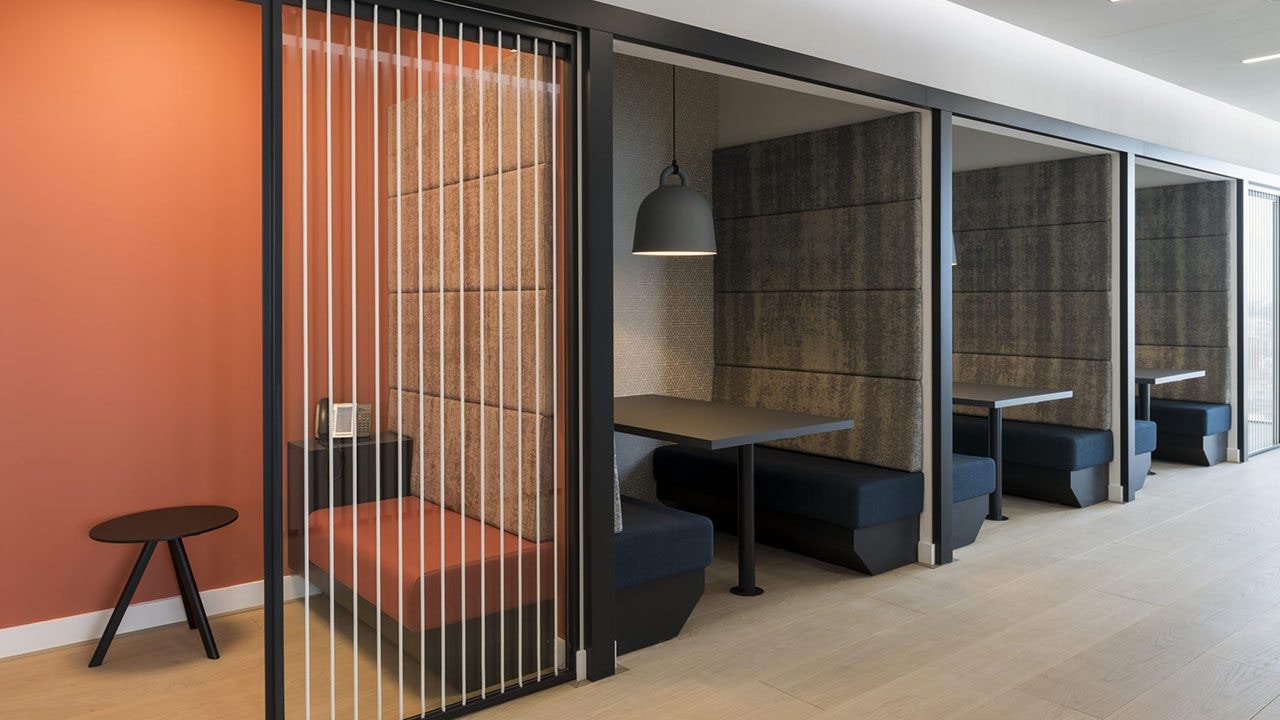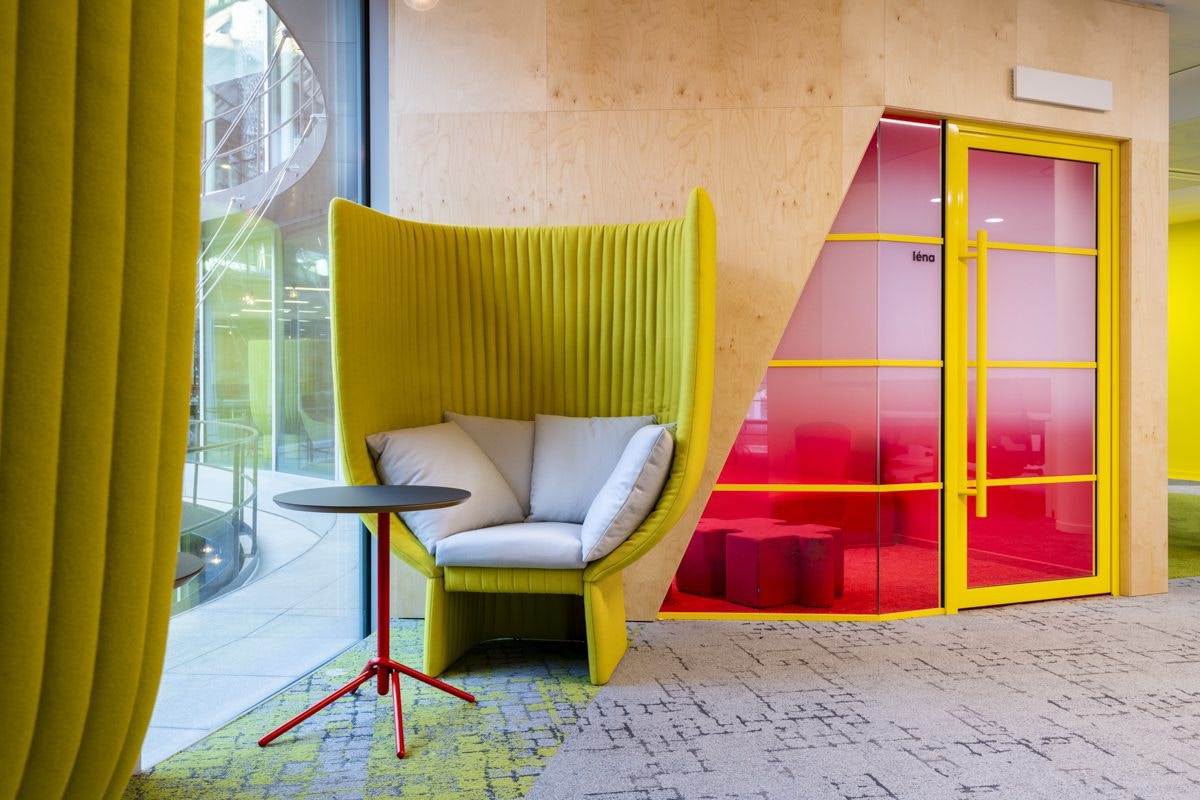You may have taken your space before the pandemic with a lease lasting several years. You’re not alone – that’s an issue many of our clients are exploring. So what can you do? It starts with space rationalisation – optimising your space to meet current requirements and future-proofing it for ongoing change.
There are lots of options. It starts with a detailed brief with goals, aspirations, issues and problems that you’re looking to solve. This article serves as a guide to take you through some of the issues you’re currently facing in relation to the use of office space and some of the issues you may have yet to consider – a sort of checklist of things that you maybe haven’t considered.
In this article, we will explore the benefits of office space rationalisation, the steps involved in implementing a rationalisation plan, and key strategies for optimising office space. We will also address common FAQs to help you better understand the process and make informed decisions when implementing office space rationalisation in your workplace.





